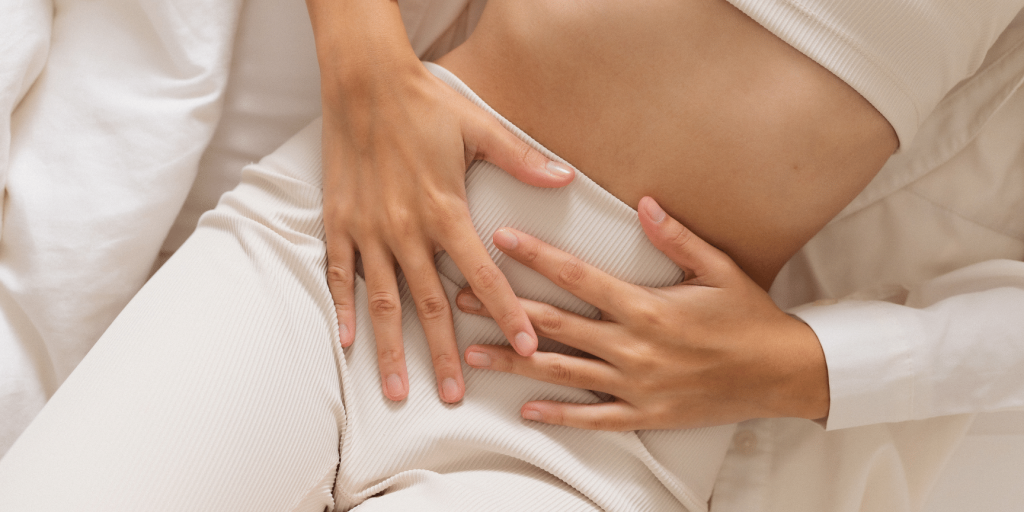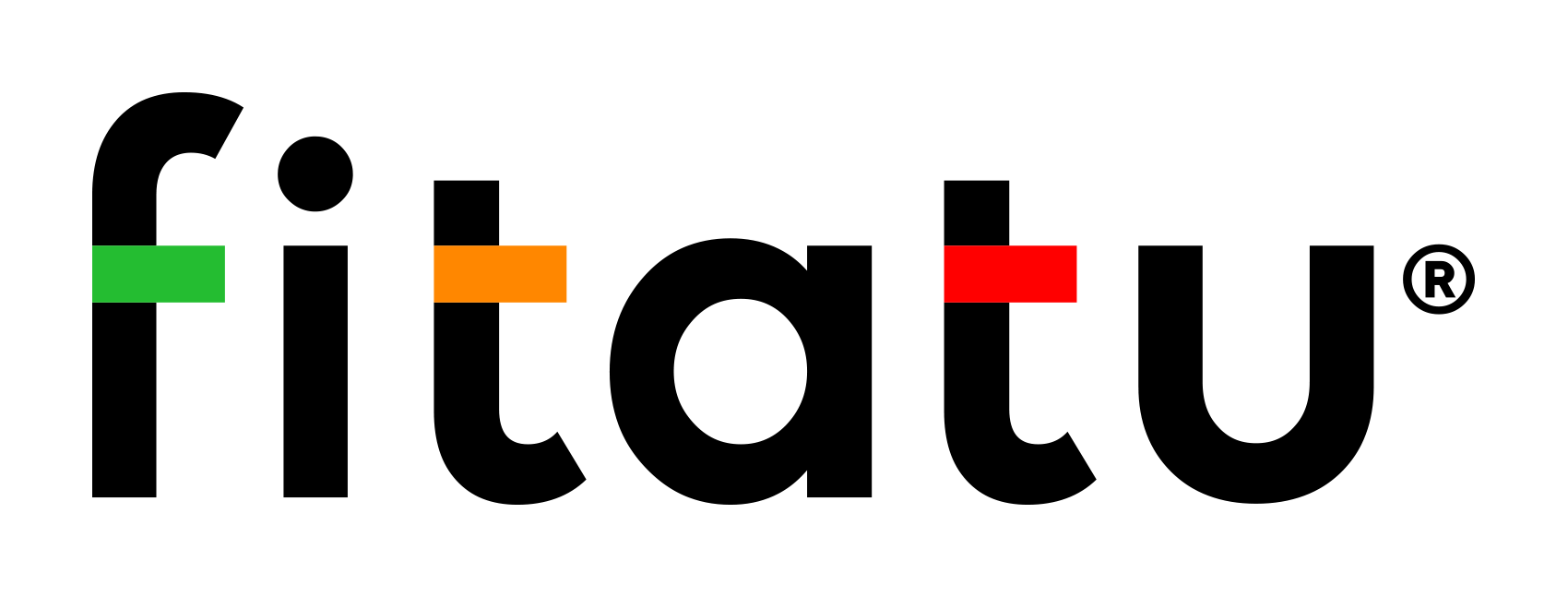The menstrual cycle in the context of training and diet

The menstrual cycle can be divided into 3 phases: follicular, ovulatory and luteal. Depending on the phase, you may not only feel better or worse but also experience a significant difference in endurance or performance during training.
The menstrual cycle is a topic generally known to all women. However, it is often still treated as taboo and insufficiently explored. Be honest with yourself – when was the last time you analyzed what happens to your body and hormones during your menstrual cycle? Have you wondered what effect it has on your training and diet? It’s time to change that!
Menstrual cycle
The menstrual cycle is the period we count from the first day of your period until the day before your next period. It lasts an average of 28 days, although it is perfectly normal for it to be a little shorter or longer (it can last from 25-32 days). We can distinguish between 3 phases of the menstrual cycle: follicular, ovulatory, and luteal. The folliculotropic hormone (abbreviated FSH), estrogen, luteinizing hormone (abbreviated LH) and progesterone are mainly responsible for the normal course of the menstrual cycle.
Follicular phase
This phase starts the menstrual cycle. At the very beginning of its duration, you may feel very different. On the one hand, due to the bleeding, your body may be weakened and unable to be more active. On the other hand, this is the moment when estrogen levels start to rise, reaching their maximum the day before ovulation. During this time, vitality, good mood, and energy return increasing our psycho-physical resources. In terms of physical activity, you are in peak form for the month. This is the moment when you can afford to raise the training bar, increase the weight, or the intensity of your training.
Ovulatory phase
This phase occurs when the ovum, which matured during the follicular phase, is ready to be fertilized. During this phase, under the action of the relevant hormones (LH and FSH), Graff’s follicle ruptures, and the egg is released into the fallopian tube. During this time, we feel at our best and have the most energy. Unfortunately, it is challenging to take note of this in the long term, as this phase lasts only one day.
Luteal phase
After ovulation comes to the luteal phase, in which progesterone plays the first fiddle. This hormone inhibits the action of estrogen, having a debilitating effect on our well-being, both physically and mentally. The climax of this phase is in the last days before menstruation. During this time, estrogen levels are low, as are progesterone levels. As a result, you feel really lousy (this is also when you may experience the most severe symptoms of PMS – premenstrual syndrome).
Should you then wrap yourself up in a blanket, lie down and let everything go? Not necessarily, but it is a good time to simply take it easy, listen to your own body and not demand too much of yourself. The fact that you won’t lift as many kilos as you did a few days before is absolutely normal. Use these days for lighter workouts that focus on maintaining the results you’ve already achieved. Be physically active, but don’t push yourself. Adjust the type and level of physical activity, according to how you feel.
The menstrual cycle and exercise
To summarise what has been outlined above: exercise and intensity during the period is a very individual issue and should be adapted to each woman accordingly. The menstrual cycle has its phases, which are common and follow a similar pattern, but every body is different and therefore its needs are different.
Diet and the phases of the menstrual cycle
From a physiological and hormonal point of view, you can afford to go a little bit crazier during the follicular phase. Make sure, however, that you do not overdo it and that you do not consume more than 200 additional calories over and above your daily requirement. Also, ensure that they come mostly from carbohydrates and protein rather than fats. This improvement in the body’s performance during the follicular phase is due to the previously mentioned higher levels of estrogen, which, among other things, increases tissue sensitivity to insulin and the body’s tolerance to stress.
The opposite is true for the luteal phase. Together with the drop in estrogen, we lose our superpowers and thus should pay more attention to diet. Due to the possible worsening of your mood, you may want to reach for less healthy snacks more often. However, it’s worth being aware of the reason for this so that you don’t fall into a vortex of snacking. If you indulged in extra calories during your follicular phase, the luteal phase is when you should limit them. Also ensure that you provide your body with sufficient protein, fiber, and fluids to increase your feelings of satiety and thus reduce the desire to snack.
The menstrual cycle in the context of training and diet
The topic of the menstrual cycle in the context of diet and sport is a complex one and sometimes it is difficult to notice all the signals your body is sending out. In the Fitatu app, you will find a ‘Note’ function that allows you to record information about your mood, menstruation, and much more. This will allow you to consciously observe how you feel during the different phases of your cycle and then make decisions about your diet and training based on these.
Fitatu® App
Download the application from the Play Store or Apple Store and start counting your calories with us!
Are you keen to have access to all the features? When you shop at fitatu.com, use the code WOMENSHEALTH-D and claim a 26% discount on your monthly Fitatu® Premium.
What else can you find in Fitatu® Premium?
- over 2000 recipes plus several new ones every month
- additional plans for intermittent fasting
- the ability to create shopping lists
- a choice of six ready-made menus full of meals to choose
- filtering products and recipes
- more synchronization with fit apps
- access to your Meal Plan in the web version
- no ads!
Bibliography:
- https://justynamalinowska.com.pl/index.php/2022/01/10/cykloczulosc-w-dietetyce/
- https://klaudiakubrak.pl/dieta-a-cykl-menstruacyjny/
- https://keepfitinstyle.pl/wp-content/uploads/2017/10/myFertileDays_Physiology_of_the_menstrual_cycle_pl.jpg





